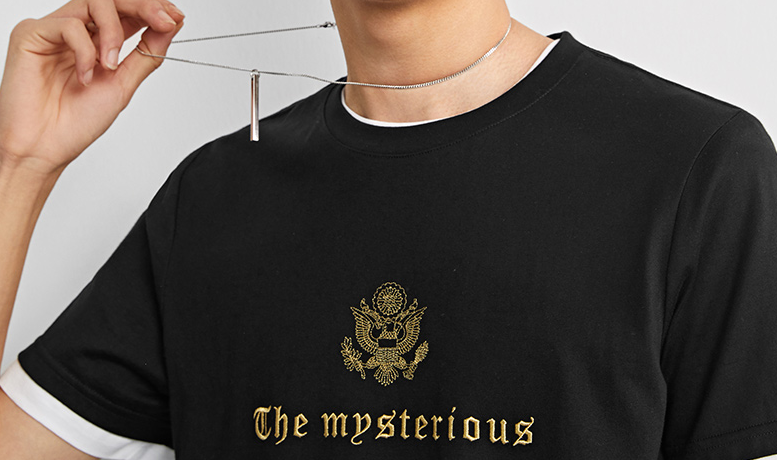Are you looking to add some unique flair to your wardrobe with embroidery? Are you considering purchasing a blank t-shirt and having it embroidered or opting for a pre-embroidered one? Moreover, are you aware of the various types of embroidery techniques available in the market today? Lastly, which embroidery styles are currently popularly used on clothing?
If you’re interested in adding embroidery to your clothes, it’s essential to know your options. There are various embroidery stitches technique available, such as crewel, cross-stitch, and applique, to name a few. Each technique creates a different effect, so it’s worth considering which style will best complement your clothing.
As for popular embroidery styles, there are several currently in vogue, including floral patterns, geometric shapes, and lettering. Embroidery can be a fantastic way to express your personality and style, and there’s a design out there for everyone.
The Tools Used in Embroidery
Embroidery is an intricate art that demands various tools to achieve the desired results.
Hand embroidery
For instance, necessitates specific tools such as embroidery hoops, needles, embroidery floss, scissors, and a pattern. Use an embroidery hoop is an essential tool that holds the fabric in place as the artist stitches the design onto it.
Machine embroidery
On the other hand, machine embroidery involves a more complex process with an array of systems in place. These systems include the thread breakage detection system, thread over and tension adjustment system, embroidery speed system, and needle code coordination control system. Before embroidery on clothes, the embroidery designs were created by computer drawing satin stitch by stitch, which required highly skilled embroidery patterns worker. The process was time-consuming and often resulted in variations in the final product.
However, embroidery machines have revolutionized the industry by replacing most manual embroidery. These machines have numerous advantages, including stable quality, high efficiency, low cost, and mass production, with 99% of the embroidery produced were same.
The embroidery machine’s functional performance is determined by several factors such as the number of heads, head distance, number of stitches, maximum stroke in the X and Y directions of the embroidery frame, electronic control system, and the manufacturer’s brand. The number of heads determines the efficiency of the machine, while the head distance affects the size and cost of the embroidery produced. The number of stitches installed in each head of the embroidery machine determines the maximum number of color changes and the embroidery’s color. The X and Y directions control the size of the embroidery produced. Different manufacturers offer different embroidery machine brands, each corresponding to specific quality, service, and professionalism.
The embroidery machine comprises two parts, with the first part moving up and down to stitch the front and bottom lines, while the second part’s movement in the X and Y directions forms the stitches into a pattern. Embroidery is a versatile art that finds numerous applications in clothing.
Below are the 13 most popular embroidery designs used in clothing.
1. Flat embroidery
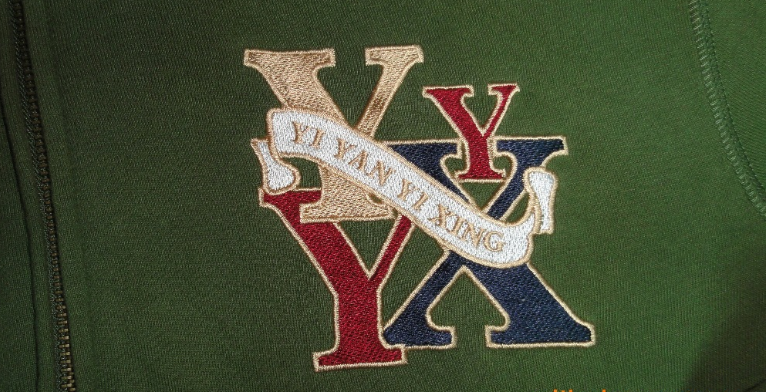
Flat embroidery is the most widely used embroidery. The stitching and needles apply embroider directly to embroider clothes, Flat embroidery can be used for the most intricate and detailed designs without distorting the image which makes it the most popular choice for embellishment. As long as it can be embroidered, flat embroidery can be done.
2. 3D embroidery
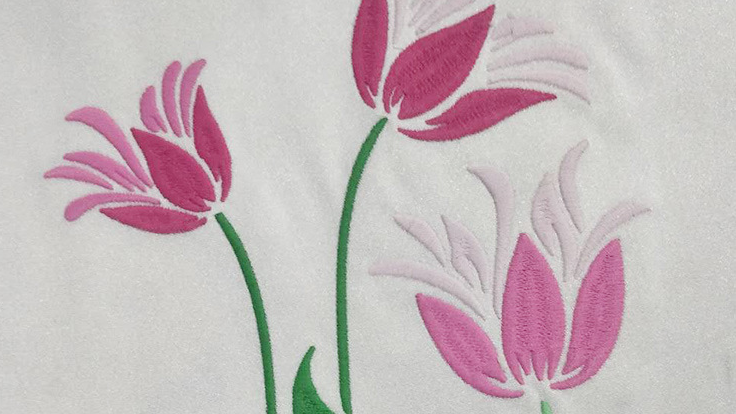
Three-dimensional embroidery (3D) is a unique and innovative technique that can add depth and texture to your embroidering clothing. Using embroidery thread to wrap EVA plastic inside, 3D embroidery creates a three-dimensional pattern that can really make your design stand out on clothing.
Like flat embroidery, 3D embroidery produces high-quality and durable designs that can withstand frequent washing machine and wear. This makes it ideal for sports teams, corporate events, and other occasions where clothes need to withstand the rigors of everyday use.
While 3D embroidery is not suitable for small details, it can be used to create simple and bold text that really pops. Moreover, EVA plastic comes in different thicknesses, hardness levels, and colors, giving you even more options to customize your embroidery design.
3. 3D puff embroidery
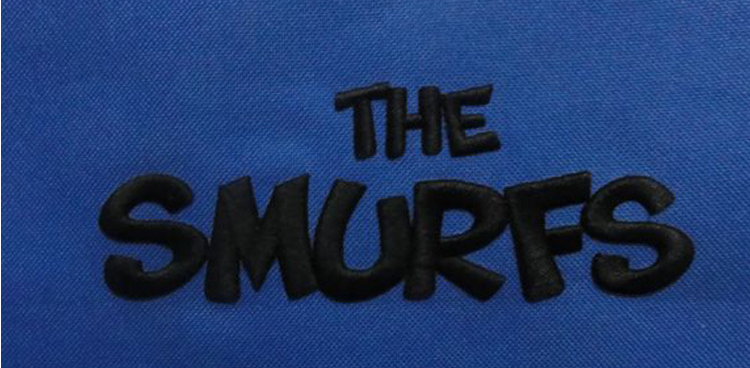
Ordinary flat embroidery can be transformed into the unique and visually appealing 3D puff embroidery. This technique involves the use of foam, which is similar to 3D embroidery, and is embroidered onto the fabric. Once the embroidery is completed, a dry cleaning machine is used to remove the foam from the embroidery. Typically, the foam used is smooth and has a thickness of approximately 1 to 5 millimeters.
4. Patch embroidery
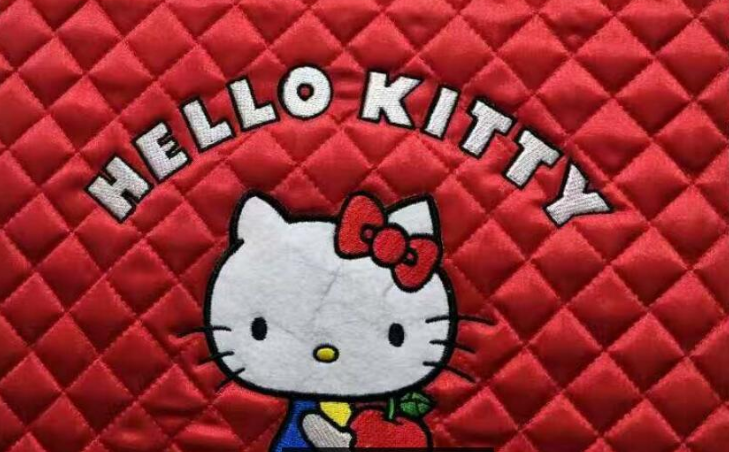
Patch embroidery is a technique that uses patches instead of stitches to create vivid and eye-catching designs while also saving on embroidery thread. This technique can be easily produced using ordinary flat embroidery machines, making it an accessible option for many.
The beauty of patch embroidery lies in the ability to use different fabrics and colors for the patches. This allows for greater creativity and flexibility in design, as well as the ability to create more intricate and detailed patterns.
In addition to being visually striking, patch embroidery is also a practical choice for those looking to save on materials and reduce waste. By using patches instead of stitches, less embroidery thread is required, resulting in cost savings and reduced environmental impact.
5. Thick thread embroidery

Thick thread embroidery is a technique that involves using thicker sewing threads, such as 603 and 604, as embroidery threads. This is achieved by using a large hole needle or a large needle, a thick thread hook, and a 3mm needle plate to complete the embroidery process.
The use of thick threads in embroidery creates a bold and striking effect, making it an excellent choice for creating designs that stand out. The use of larger needles and needle plates allows for the smooth passage of the thicker threads, resulting in high-quality and visually appealing designs.
Thick thread embroidery is a versatile technique that can be used on a variety of woven fabrics, including denim jacket, canvas, and even leather. It is especially popular for creating logos and designs on hats, bags, and other accessories.
6. Carved hole embroidery

Carved hole embroidery is a technique that requires the installation of a specialized embroidery device, which is currently only available on the first needle bar. The most notable feature of this technique is that holes are sculpted into the fabric during the embroidery process, creating a variety of patterns and combinations that result in a unique and visually appealing design.
The carved hole embroidery device allows for intricate and detailed designs to be created with ease, adding texture and depth to the embroidered surface. The holes can be embroidered in a variety of ways, including with different pattern combinations, to create a wide range of graphic effects.
Carved hole embroidery is a popular choice for adding decorative elements to clothing, accessories, and home decor items. It can be used to create a variety of designs, from simple geometric shapes to more complex floral and abstract patterns.
7. Flat gold/metallic threads embroidery
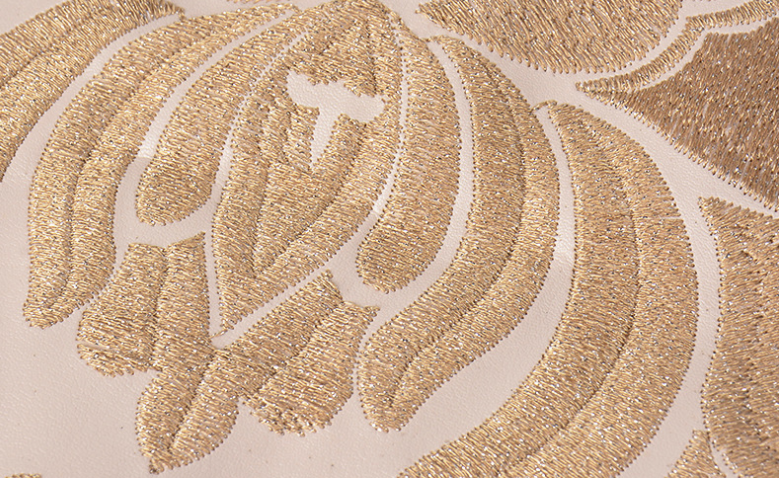
Flat gold/metallic threads embroidery is a technique that involves the use of golden or silver threads instead of regular threads in embroidery. These threads are much harder and less pliable than normal threads, and as a result, a fusing is often needed inside the embroidery to prevent scratching. Additionally, after several washes, some of the threads may break.
Despite these challenges, flat gold/metallic thread embroidery creates a stunning and eye-catching effect. The use of these shiny threads results in a graphic that stands out and adds a touch of luxury to any embroidery clothes. However, due to the nature of the threads, embroidery using gold or silver thread often experiences disconnections, making it a time-consuming and costly stitching process.

8. Sequin embroidered

Sequin embroidery is a striking technique that adds shine and color to any fabric. It is commonly used on mesh or net fabric or stretchy fabric, especially for evening wears, party dresses, and wedding gowns. In recent years, it has become increasingly popular in women’s fashion.
Sequin embroidery is a durable technique that produces high-quality embroidery with minimal thread breakage even at high speeds. However, it is important to note that sequin embroidery can be difficult to wash due to its heavy and delicate nature. We do not recommend washing or hand washing. Additionally, the use of sequins can put added strain on needles, causing them to break more frequently.
Despite these challenges, sequin embroidery remains a popular choice for adding a touch of glamour to embroidered clothes. The use of colorful sequins creates a dazzling effect that is sure to turn heads.
9. Flocking embroidery
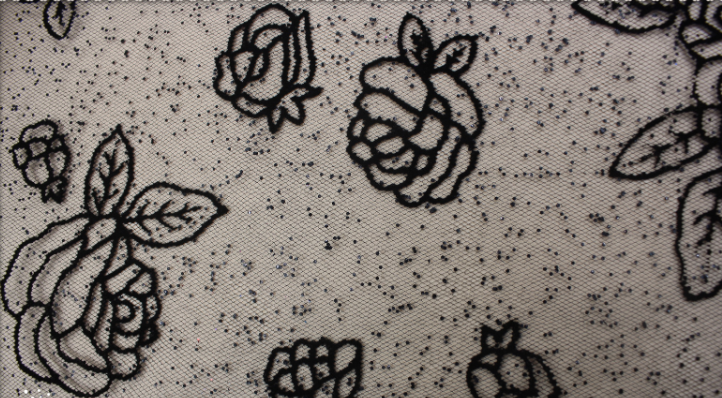
Flocking embroidery is a technique that requires the use of a flocking needle on an embroidery machine. This special needle is designed to apply tiny fibers, or “flock,” to the surface of the fabric being embroidered.
The flocking process creates a soft, velvety texture on the fabric and can be used to add depth and dimension to embroidery designs. It is particularly well-suited for creating textured designs on items such as jackets, hats, and bags.
To achieve the desired effect, the flocking needle is used to apply the flock in a specific pattern, which may be pre-determined by the embroidery design or customized by the user. The result is a unique and eye-catching embroidered item with a soft, luxurious feel.
10. Chain embroidery
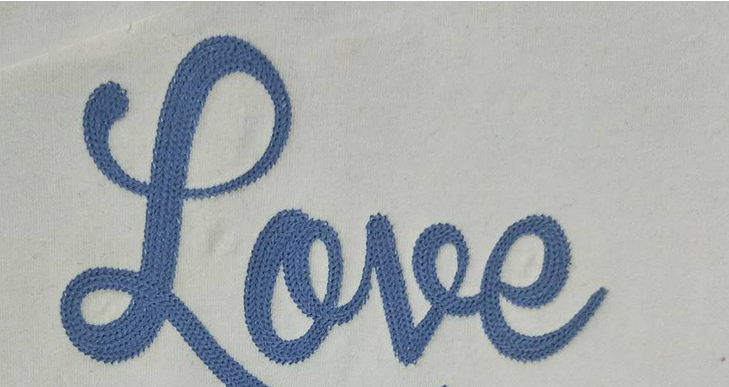
Chain embroidered clothing is a highly popular technique in Europe and America. It is achieved by altering the hook movement of specialized embroidery heads, resulting in a closely linked thread that resembles a chain.
The unique and striking effect of chain embroidery makes it a highly profitable and sought-after technique. The closely linked thread creates a distinctive texture that adds depth and dimension to any embroidery design.
Chain embroidery can be used on a variety of fabrics and materials, from delicate silks to heavy denims. Its versatility and popularity have made it a staple of the embroidery industry.
11. Towel embroidery
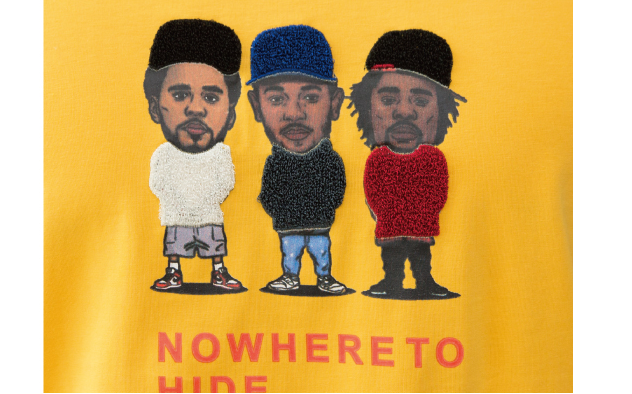
Towel embroidery is a popular technique for adding personalized designs to towels and other household linens. This technique can be used to add monograms, names, logos, and other decorative elements to towels for special events, gifts, or home décor.
Towel embroidery is typically done using an embroidery machine and specialized digitized designs. The embroidery machine uses a hoop to secure the towel in place while the design is embroidered onto the fabric.
To ensure high-quality results, it is important to choose the right type of towel for embroidery. Terry cloth towels with a smooth surface are ideal for embroidery, as they provide a flat surface for the embroidery design to be stitched onto.
12. Rope embroidery
Rope embroidery is a unique and intricate embroidery technique that involves wrapping embroidery threads around a central cord or string. This technique creates a raised, three-dimensional effect that adds texture and depth to the embroidered design.
To create rope embroidery, a thin cord or string is first secured to the fabric using small stitches. Embroidery threads are then wrapped around the cord, following the pattern of the design. This process is repeated until the entire design is filled with thread, creating a thick and textured surface.
13. Thick rope embroidery
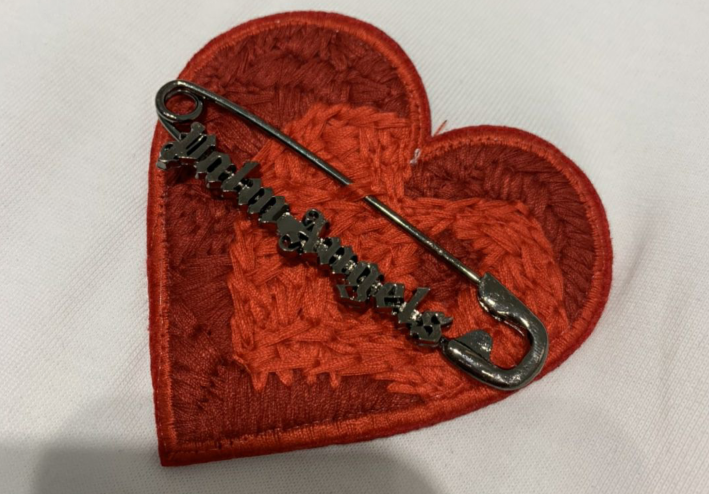
A type of rope embroidery that breaks through the limitations of previous production and can be embroidered with a rope of varying thickness. On sweaters and knitted fabrics, it is possible to make special crafts that imitate hand embroidery. Need to configure special guide nozzle
The End
If you have any questions on embroidery, please feel free to contact us.

